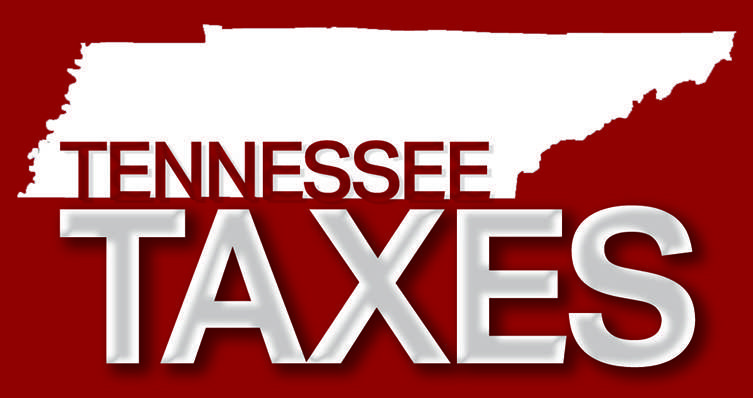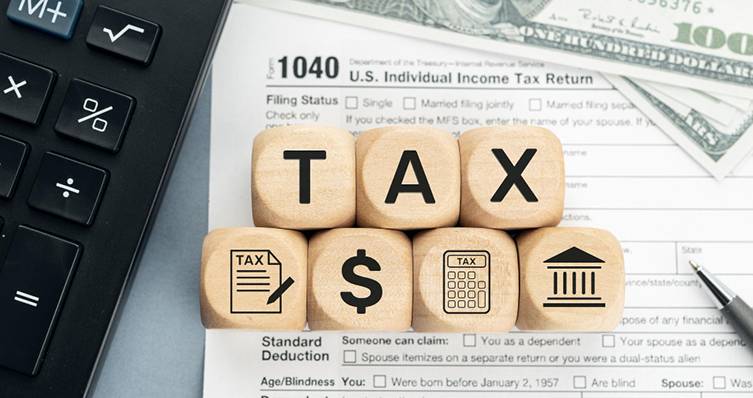Comprehensive and accurate financial reporting systems have become essential tools for healthcare providers, but they’re often missing from small dental practices that lack in-house accounting expertise.
Roughly 36% of dentists in the U.S. operate solo-practices, and 40% have only a few dentists working from one shared office. Plus, 37% of dentists report feeling overworked, according to new statistics from the American Dental Association (ADA).
An increasing number of dental practices are turning to outsourced specialists to manage the financial side of their business, which can free up more time to focus on patient care and attract new patients. Here’s a look at some of the factors that could determine whether outsourcing is a good option:
Bookkeeping chores
A dental practice needs to maintain a detailed set of books and records that track money coming into and going out of the business. Examples of relevant transactions include:
- Payments collected from patients, insurance companies and governmental payers
- Outstanding balances due for services rendered
- Write-offs for uncollectible accounts
- Operating expenses (such as salaries, payroll taxes, office rent, insurance, marketing, lab fees, supplies and materials, equipment leases, and cleaning costs)
- Equipment purchases and depreciation expense
- Bank loans and interest expense
- Payments to and from owners
Failure to manage your records properly can lead to headaches when you file tax returns or apply for bank financing — not to mention the missed business opportunities. You can hire an in-house office manager to enter financial transactions into your accounting software, or you can outsource these time-consuming tasks to an external accountant.
Financial statement preparation
If you apply for loans or merge with another practice, your practice will need a full set of financial statements, including the following:
- An income (or profit-and-loss) statement that reports revenue and expenses
- A balance sheet that shows assets and liabilities
- A statement of cash flows that’s broken down into cash flows from operating activities, cash flows from investing activities, and cash flows from financing activities
Lenders and other stakeholders will review these reports to determine your profitability, growth trends, and general financial well-being. Larger practices usually prepare financials that comply with U.S. Generally Accepted Accounting Principles (GAAP). But some small practices may prefer to issue cash-basis or tax-basis financial statements.
Key operating metrics
Most dentists have probably asked themselves the obvious question: How does my practice compare to my competitors? Benchmarking studies can help answer that question. Industry operating statistics are available from the ADA, the Academy of General Dentistry, and local or dental specialty trade associations, based on your size, location, and specialties.
Common dental practice operating metrics include:
- Average number of patient visits/billings per dentist
- Average dental assistant/hygienist work hours and time spent with patients
- Average wait time for scheduled patient visits
- Average billing per patient
- Composition of billings (whether direct patient payments, payments from private insurers or payments from government programs)
- Average salary per dental assistant/hygienist/dentist
- Individual operating costs as a percentage of revenue
Understanding how your practice measures up can help assess operational strengths and areas for improvement. Benchmarking can also help you evaluate your cost structure and the competitiveness of your compensation packages.
Financial forecasting
Analyzing your past financial results is only one piece of the puzzle. You also need to forecast how you expect to perform in the future. Budgets and forecasts are valuable management tools to gauge whether you have the office space, equipment and staffing to meet future demand. They also come in handy when applying for bank loans or merging with another practice.
It’s important to review these reports monthly or quarterly to see if you’re on track for the year. If not, you might need to adjust your expectations and take corrective measures before year end.
Brush up on financials
Most dental schools don’t teach the basics of financial management, so bookkeeping and accounting may be outside of your comfort zone. Working with a professional who specializes in dental practice financial accounting can help you handle these tedious and unfamiliar tasks with confidence, allowing your practice to shine like your patients’ pearly whites in today’s competitive environment.
© 2024 KraftCPAs PLLC











